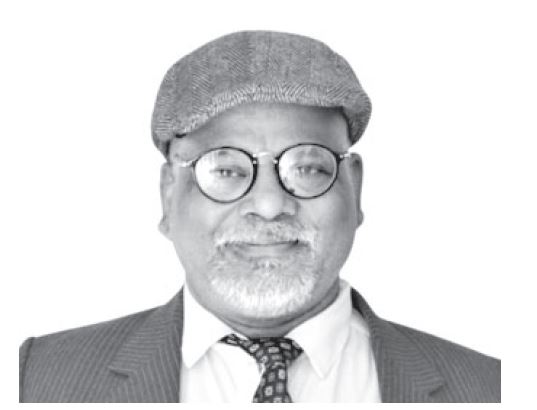By DK Giri
It has been three years, eight months and three weeks since Russia invaded Ukraine, and Moscow has yet to agree to a cease-fire. Earlier this week, Ukraine saw its fiercest fighting in months as Russian forces attacked the eastern town of Pokrovsk.
Although Russia maintains it has no plans to strike NATO, its continued push into Ukrainian territory has forced neighboring countries to increase defense spending. Poland, one of the largest suppliers of military and humanitarian aid to Ukraine, is preparing for the possibility of a wider conflict if Russia moves into the Baltic states. The Polish president has pledged to spend 4.7% of GDP on defense this year, while the country ramps up production of 155 mm howitzer shells to support both its own needs and Ukraine’s war effort.
At the same time, public sentiment in Poland is shifting. Polling shows growing war fatigue. A peace-security survey indicates only about half of Poles support continued aid to Ukraine, and just 15% back sending Polish troops. Another CBOS survey found 55% of Poles favor ending the war even if Ukraine must cede territory or independence. Despite these doubts, Poland’s leadership insists on maintaining a strong strategic posture.
Poland’s geography leaves it acutely exposed to spillover from the conflict. Russian drones entering Polish airspace, followed by NATO aircraft scrambling in response, have underscored the risks of escalation and Poland’s vulnerability as a frontline state. In turn, policymakers in Warsaw have pushed for stronger NATO deterrence, including renewed debates on enhanced airspace protection for Ukraine and proposals for a NATO-backed air-defense shield or limited no-fly enforcement.
To outside observers, Poland’s actions reflect both principled support for Ukrainian sovereignty and pragmatic recognition of the dangers posed by Russian revisionism. As the war grinds on, Warsaw’s decisions will shape not only Ukraine’s future but also the stability of Europe’s eastern flank.
India, meanwhile, maintains a neutral position that is widely interpreted as tacit support for Russia. This has raised concern in Poland, the wider European Union and the United States. European partners would prefer India to distance itself from Moscow or play a more active role in pushing for a cease-fire.
India-Poland ties strengthened significantly in 2024, when the countries signed a strategic partnership during the Indian prime minister’s visit to Warsaw en route to Kyiv. Their Five-Year Action Plan for 2024-28 outlines priority areas for cooperation. As two of the world’s fastest-growing economies—Poland in Europe and India in Asia—both nations are looking to expand their influence in global affairs. With similar security challenges posed by their large, assertive neighbors—China for India and Russia for Poland—deepening ties aligns with their national interests.
India borders a powerful and increasingly assertive China, which seized Indian territory in the 1962 war and continues to make new claims. Poland faces an even more precarious situation: Russia has invaded and occupied Polish territory in the past, and today borders both Poland and war-torn Ukraine.
While Warsaw is not allowing the Ukraine war to hinder broader bilateral relations, New Delhi must remain sensitive to Poland’s geopolitical vulnerability. The Polish Embassy in New Delhi has been engaging with think tanks and strategists to increase Indian awareness of the Ukraine conflict. Polish institutions are also working to inform Indian media and the public. India should reciprocate with similar outreach in Poland to strengthen understanding and alignment on major international issues, including the Ukraine war.
The writer is a Professor of Practice, NIIS Group of Institutions.
